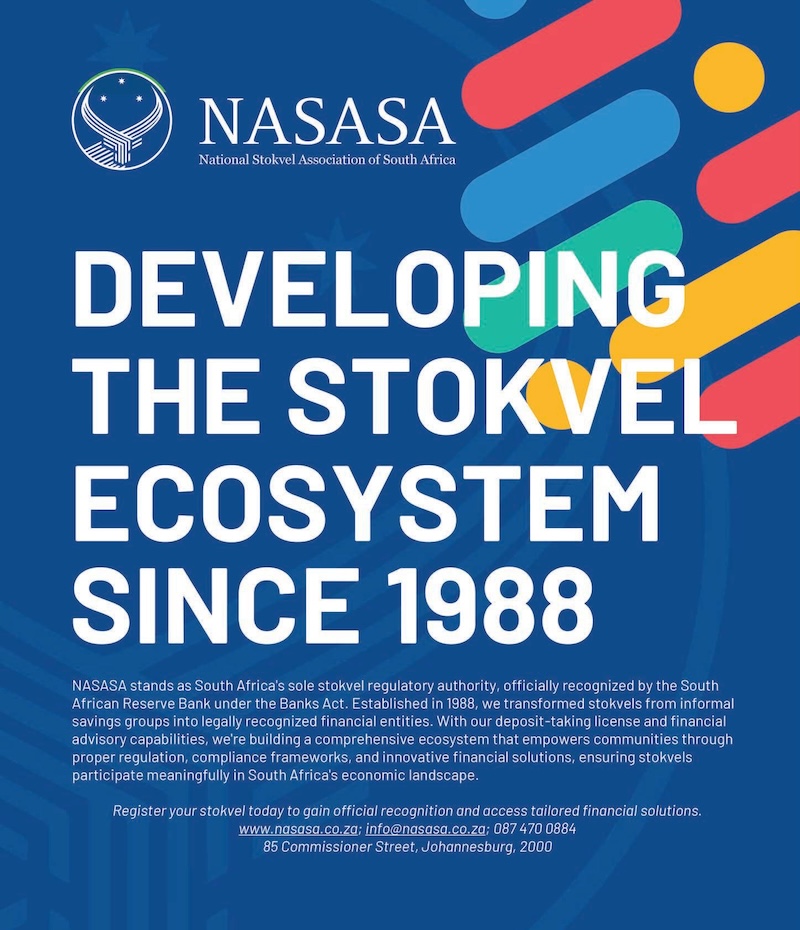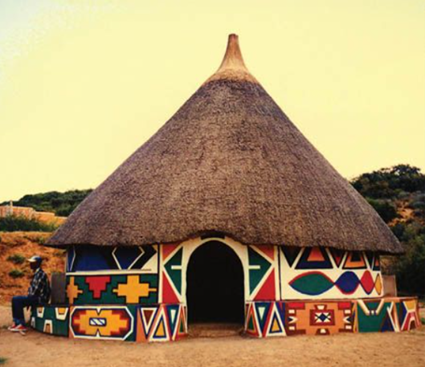
Timbuktu Manuscripts and Africa’s Renaissance

Timbuktu manuscripts, Mali
In an area called Timbuktu in Mali, scholarship (that is formalised learning and teaching) was established around 1300, which is about 10 000 years ago. Scholars produced 700 000 manuscripts about art, medicine, philosophy, science and religion. Ahmed Baba, born in 1556 is the most known scholar and the Ahmed Baba Institute was named after him.
The manuscripts were written in African languages which was translated to Arabic. Some were written in Arabic. They were kept by families but also at centres of learning.
The Baba Institute was rebuilt in 2003 with funding from the Government of South Africa through a project led by then President Mbeki who linked the revival to the African renaissance. “The manuscripts of Timbuktu are a living testimony of the highly advanced and refined civilization in Sub-Sahara Africa. Before the European Renaissance, Timbuktu flourished as the greatest academic and commercial center in Africa. Great empires such as Ghana, Mali, and Songhai were proofs of the talents, creativity and ingenuity of the African people. The University of Timbuktu produced both Black African scholars and leaders of the highest rank, character and nobility…..Culture is an integral part of development efforts on the continent. Consequently, it is essential to protect and effectively utilise indigenous knowledge that represents a major dimension of the continent’s culture, and to share this knowledge for the benefit of humankind.” (Mbeki, 2003).
In a clear exhibition of colonial knowledge, the Oxford Dictionary and many other English dictionaries define Timbuktu as ‘a place that is unreachable’!





South Africa-Mali Collaboration
“In 2009, the new building of the Ahmed Baba Institute of Higher Learning and Islamic Research (IHERI-AB) was officially opened. It is the product of a bilateral agreement between the South African and Malian governments, which began in 2001, after former South African president, Thabo Mbeki’s visit to Timbuktu. The building is one of several conditions of the agreement, all of which aim to promote the conservation, research and promotion of the manuscripts as African heritage. The new building not only contains state-of-the-art resources for the proper storage and preservation of the manuscripts but also has facilities for researchers, including conference rooms and a lecture theatre, a library and accommodation for researchers from abroad…..During the 2012 crisis, the new IHERI-AB building in Timbuktu was occupied by the insurgents. However, the majority of the manuscripts had not been transferred to the new location and were still housed in the old Institute building. It was those manuscripts, an estimated 20 000, which were removed from Timbuktu and smuggled to Bamako, where they are found to this day. In the new building, much of the costly equipment for digitisation and conservation was destroyed and stolen during the ten-month occupation. In addition, an estimated 4 000 manuscripts which were in located in the digitisation and conservation rooms were also lost or stolen, their fate uncertain to this day. Luckily, the majority of the manuscripts housed in the new building were kept securely in the basement storage, and they were thus spared the same fate, and are today still conserved in this building, effectively constituting a split collection between Bamako and Timbuktu.”
Timbuktu and the African Renaissance
According to Thabo Mbei, former South African President, the renaissance is when African worldviews, economies, society and technologies become the pillars of African society again. Mbeki is credited with this theory. Mbeki (2004), in a popular speech titled I am an African, said
Whatever the setbacks of the moment, nothing can stop us now!
Whatever the difficulties, Africa shall be at peace!
However improbable it may sound to the sceptics, Africa will prosper!
Whoever we may be, whatever our immediate interest, however much we carry baggage from our past, however much we have been caught by the fashion of cynicism and loss of faith in the capacity of the people, let us err today and say – nothing can stop us now!
The renaissance is about:
- revival of African identity (including African history, philosophy etc)
- regeneration of self-confidence (including confidence in African knowledge)
- reconfiguration of governance and global engagement and development to end poverty
- rebirth of African politics and conflict resolution
- revitalisation of culture
- replacement of unjust systems and arrangements
- reimagining a democracy that is still representative and maintains accountability but is suited to Africa
The renaissance idea has been praised but many but others see it as an ambitious theory. Valuing Timbuktu and the manuscripts is a major contribution to the Renaissance.
Use the form below to subscibe to Owia Bulletin.
Discover more from Africa Social Work & Development Network | Mtandao waKazi zaJamii naMaendeleo waAfrika
Subscribe to get the latest posts sent to your email.




You must be logged in to post a comment.